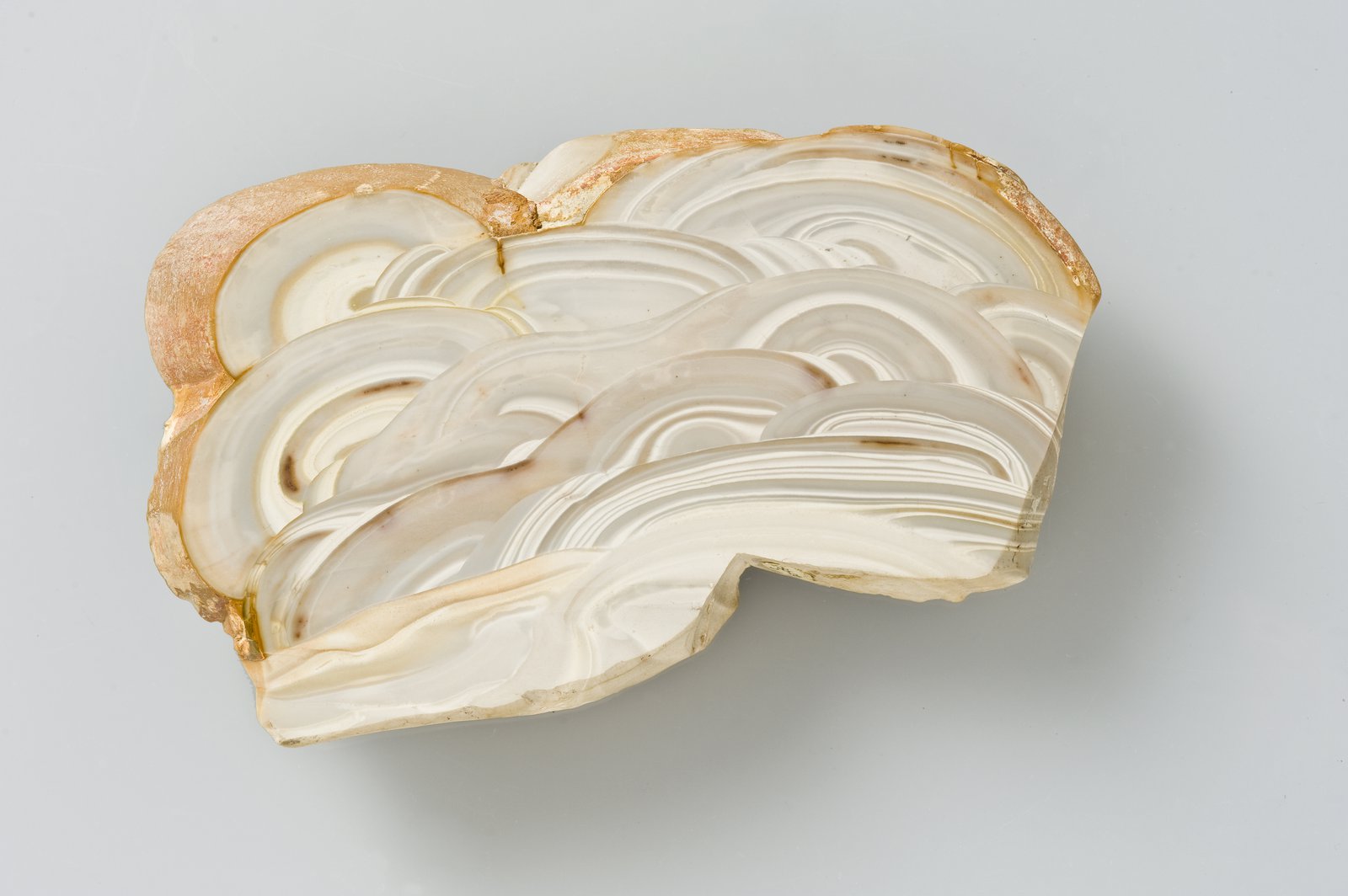Quartz
Quartz is Earth's most common mineral and is present in a wide range of rocks. It forms in the trigonal system. Quartz can occur in small to very large crystals (crystalline) or as fine-grained material with crystals invisible to the unaided eye (microcrystalline).
Crystalline Quartz
Crystalline Quartz physical properties
- Chemistry: silicon oxide
- Hardness: 7
- Refractive Index: 1.544
- Specific gravity: 2.65
- Lustre: vitreous
Crystalline quartz is often colourless, but it can be milky white, purple, yellow, orange, brown, black or, rarely, pink:
- Colourless quartz is known as rock crystal,
- yellow as citrine,
- purple as amethyst,
- brownish as smoky quartz
- pink as rose quartz.
Microcrystalline Quartz
Fine-grained quartz has slightly different physical properties because of its different structure.
Microcrystalline Quartz Physical properties
- Chemistry: silicon oxide
- Hardness: 6.5
- Refractive Index: 1.530 – 1.539
- Specific gravity: 2.57 – 2.64
- Lustre: waxy to vitreous
The general name for fine grained quartz is chalcedony.
Chalcedony
Chalcedony is usually white, grey or blue and can be opaque or translucent. Because its structure is porous it readily accepts impurities and can give it a range of colours. For commercial purposes, it is often artificially stained.
Varieties:
Chalcedony that is coloured and patterned is given many different names that often describe its appearance. Some well known names are:
- Agate strongly banded and coloured
- Blue lace agate blue with white, lacy bands
- Cornelian (carnelian) orange red
- Chrysoprase intense medium green
- Moss agate colourless, translucent with fern-like mineral inclusions
- Onyx black with white bands
- Sardonyx deep brown with white bands
- Jasper Spotted or patterned in red, brown, green, yellow

White and light blue chalcedony
Image: Carl Bento© Australian Museum
Thunder Eggs
Fine-grained and crystalline quartz are often found together, as in Thunder eggs. These nodules, weathered from volcanic rocks, can contain chalcedony infillings surmounted by quartz crystals.

Thunder egg, polished halves. Boggabri, New South Wales
Image: Stuart Humphreys© Australian Museum
Chert
Chert is a fine-grained, sedimentary rock consisting largely of silica but also containing other minerals. An attractive banded variety, called ribbon stone, is found in Western Australia and the Northern Territory.

Chert (ribbon stone). Mooka Station, Western Australia
Image: Stuart Humphreys© Australian Museum
Australia
Quartz is found all over Australia, both as crystals and as fine-grained material. Rock crystal and smoky quartz are found in all states, while amethyst and citrine are less common.
Chalcedony, agate and jasper is found Australia-wide. Some sites stand out as providing high quality material and some are, or have been, mined. In Western Australia, the Ashburton River area provides fine amethyst for gemstones and mineral specimens. Chrysoprase is found at several localities and silicified rocks, such as jaspilite and tiger iron are used for ornamental purposes.
In Queensland, fine chrysoprase is mined at Marlborough. Agate Creek and Mt Hay provide superb agates and thunder eggs. Some other thunder egg localities are Nambour, Eumundi, Mt. Tamborine and Wycarbah, west of Rockhampton. Chalcedony, including the rarer blue chalcedony, is found in the Monto area.
In Tasmania, the Lune River area is well known for its fine agates and silicified wood.
Beechworth, in Victoria, provides some quartz, including amethyst and citrine.
New South Wales
Australia’s most prolific sources of gem quality quartz has been Kingsgate, in north eastern NSW. This area abounded in rock crystal, smoky quartz and citrine in large, clear crystals up to 3 metres long. As well as providing material for gemstones, this quartz was pure enough to be used for quartz oscillators in radio communications, until synthetic quartz replaced it.
Much gem quality quartz has come from the Oban River area in New England. Quartz, including amethyst and citrine, is distributed over an area stretching from the New England plateau to Stanthorpe, Queensland.
Transparent crystals containing golden or reddish needles of rutile (known as rutilated quartz) are found at Tingha.
Amethyst is found around Broken Hill, New South Wales.
Fine quartz specimens have been found at Nundle, as well as attractive chalcedony, cornelian, agate and jasper.
Some other sites for fine-grained quartz are Murwillumbah (agate and thunder eggs), Boggabri (chalcedony and thunder eggs) Drake (agate) and Murrurundi (agate and jasper).
Support our research
Help us to protect Australia and the Pacific’s vital natural and cultural heritage for generations to come. With your support, our inspiring scientists, explorers and educators can continue to do their groundbreaking work.
Make a donation

